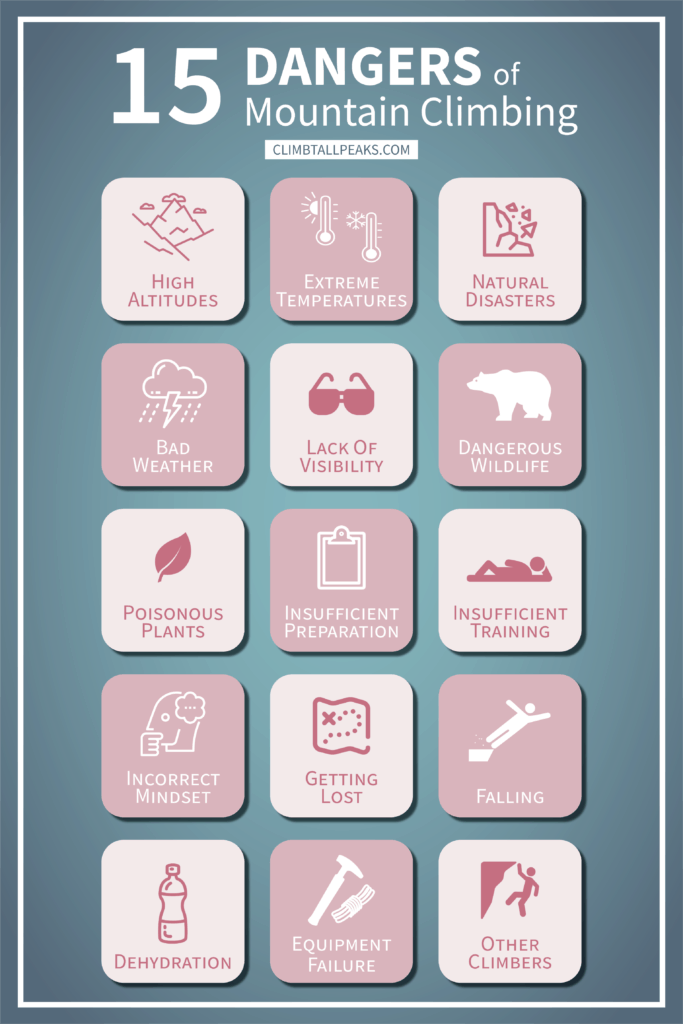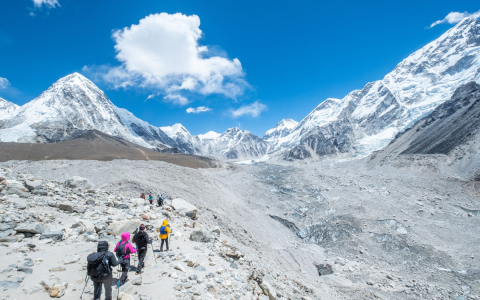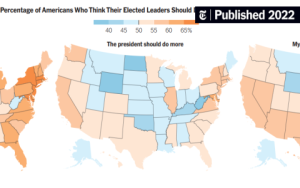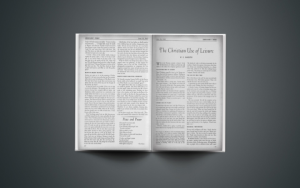Common Mountain Tumbling Hazards
Identifying objects tumbling down a mountain is crucial for safety. Key hazards include:
- Rockslides: Loose or dislodged boulders and scree that accelerate rapidly.
- Debris Flows: Fast-moving mixtures of soil, rocks, and vegetation, often after rain.
- Falling Trees or Logs: Uprooted or broken timber on steep slopes, especially in wind or fire zones.
- Snow or Ice Avalanches: In snow-covered areas, these release massive volumes of snowpack.
- Human-Made Debris: Such as abandoned equipment or litter, increasing unpredictability.
These hazards cause injury or fatalities due to high impact forces and poor visibility. Recognize signs like fresh scours on slopes, cracking sounds, or weather triggers.
Effective Avoidance Strategies
Mitigate risks with these proactive measures:

- Pre-Trip Planning: Study topographic maps and hazard reports; choose stable routes away from steep, loose terrain.
- Timing and Weather Awareness: Avoid mountains during or after heavy rain, snowmelt, or high winds. Schedule ascents in stable conditions.
- Observational Vigilance: Continuously scan slopes; listen for rolling noises and watch for dust or movement. Use binoculars if needed.
- Group Safety Protocols: Maintain spacing to minimize multiple impacts. Carry helmets and emergency communication devices.
- Immediate Responses: If debris starts tumbling, move perpendicularly away or seek shelter behind large, stable objects. Never descend directly into the path.
Regular training in hazard assessment enhances decision-making for all mountain activities.











